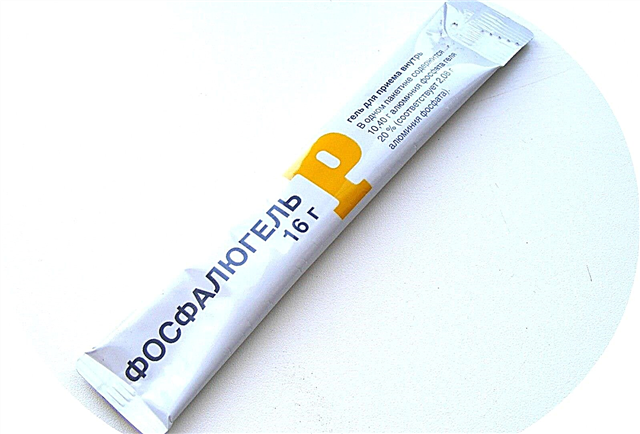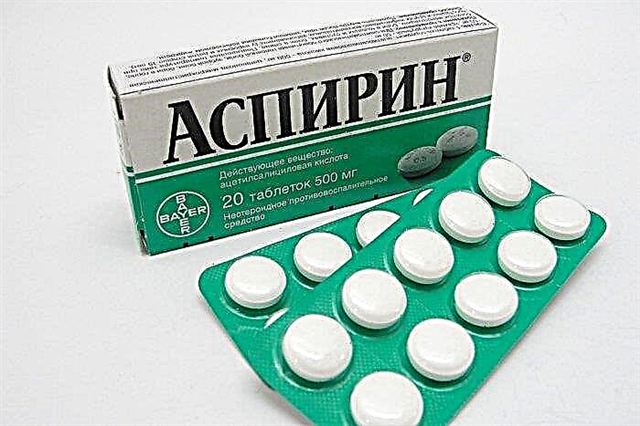
A brown discharge that appears after ovulation does not always indicate disturbances in the work of the female body. There are also more natural and even pleasant explanations, so you should not be intimidated. But it is important to be able to distinguish them from pathological discharge, in which a doctor's consultation is imperative.
Rate and deviations
Normally, the discharge from the genital tract of a woman before ovulation becomes transparent, viscous and viscous, like raw chicken egg white in 2-3 days. These are the features of the reaction of the cervical canal to an increased level of estrogen in a woman's blood. The secretion becomes abundant, it not only protects the uterine cavity from the penetration of pathogenic bacteria and viruses, but also actively helps sperm to overcome the acidic environment of the vagina with minimal losses, and also to go further into the fallopian tube, where an egg is already waiting for them or will soon appear there.

Such discharge is present before ovulation itself and about a day after it. Then their character changes, the discharge becomes thick, scanty and turns white under the influence of progesterone. They lose their ductility, do not stretch between the fingers. A yellowish tint of discharge in the second half of the female cycle is also considered normal.
Whether brown discharge after ovulation can be considered normal depends on a number of factors:
- time of appearance of abnormal secretion;
- abundance and consistency;
- accompanying symptoms.
Brown, light brown and brownish scanty discharge that appears the day after the release of the egg from the follicle, lasting no more than 1-2 days, can be considered normal. If, in this case, the condition is not accompanied by an increase in temperature, pain, then there is nothing to worry about.

Causes
If the discharge appeared the next day, then their probable cause lies in the physiological process of ovulation. The lining of the mature follicle bursts, releasing the egg, ready for fertilization. During the rupture of the follicle, small blood vessels that fed the graaf vesicle during the first half of the cycle are injured. A small amount (no more than 5 ml) of blood is poured into the abdominal cavity along with the liquid with which the vial was filled.
Brown secretion in this case suggests that the hemorrhage itself occurred relatively long ago, the blood had time to clot. Sometimes the same blood is released that entered the abdominal cavity after the release of the egg. Such discharge is rarely accompanied by pain, although slight pulling sensations in the lower abdomen and lower back are still possible. After 1-2 days, the discharge stops.
If they continue to come out, you should see your doctor.

There are several other reasons why brown discharge may appear, but it will be considered perfectly safe. Usually, 7-8 days after ovulation, if pregnancy occurs, the ovum is implanted into the endometrial layer of the uterus. This process is associated with a violation of the integrity of endometrial cells and small blood vessels. At the same time, a small amount of blood also comes out and can be excreted from the woman's body naturally, that is, through the genital tract.
This phenomenon is called implantation bleeding. It is usually not accompanied by pain, the discharge is scanty, smearing, lasting about a day. Some perceive them, not knowing about their "interesting position", as a failure of the cycle, but until menstruation is still about a week and the woman still does not suspect that they will not come. Such discharge does not harm the embryo, does not affect the course of pregnancy.
If ovulation was late, implantation also occurs later and the appearance of brown discharge is possible not a week after the expected ovulation, but 11-12 days after it.
Another possible variant of the norm is the appearance of brownish discharge on the 14th day after ovulation. This is the beginning of another period. Sometimes it is like this, ep gradually increases menstrual bleeding.
Warning signs
A woman should be alerted to the brown discharge that appears not immediately after ovulation, but on day 4-7 of the cycle and later. They can talk about hormonal imbalance, luteal phase failure. The appearance of such secretions is not always associated directly with the ovulatory process. It is possible that the manifestations of pathology simply coincide in time with the second half of the cycle.

A doctor should be consulted if the discharge does not stop, if it is abundant enough, if other signs of deterioration of health appear. In this case, we are most likely talking about breakthrough intermenstrual bleeding, which may be a consequence of:
- gynecological diseases;
- inflammatory processes in the uterus, appendages, ovaries;
- genital infections;
- hormonal disruption;
- long-term use of contraception, as well as recent use of emergency contraception;
- cancer or the formation of benign tumors in the body.


That is why it is important not only to notice the color and consistency of the discharge, but also to carefully monitor your well-being. You should also consult a doctor if brown discharge appears after ovulation every time for at least three cycles in a row. You should not wait 3 months if there is pain, itching and burning in the external genitalia, vagina, discharge, in addition to brown, has an unpleasant odor and a heterogeneous structure (clots, impurities, mucous inclusions). In this case, you should not hesitate to visit the gynecologist.
For more information on discharge during and after ovulation, see the next video.



